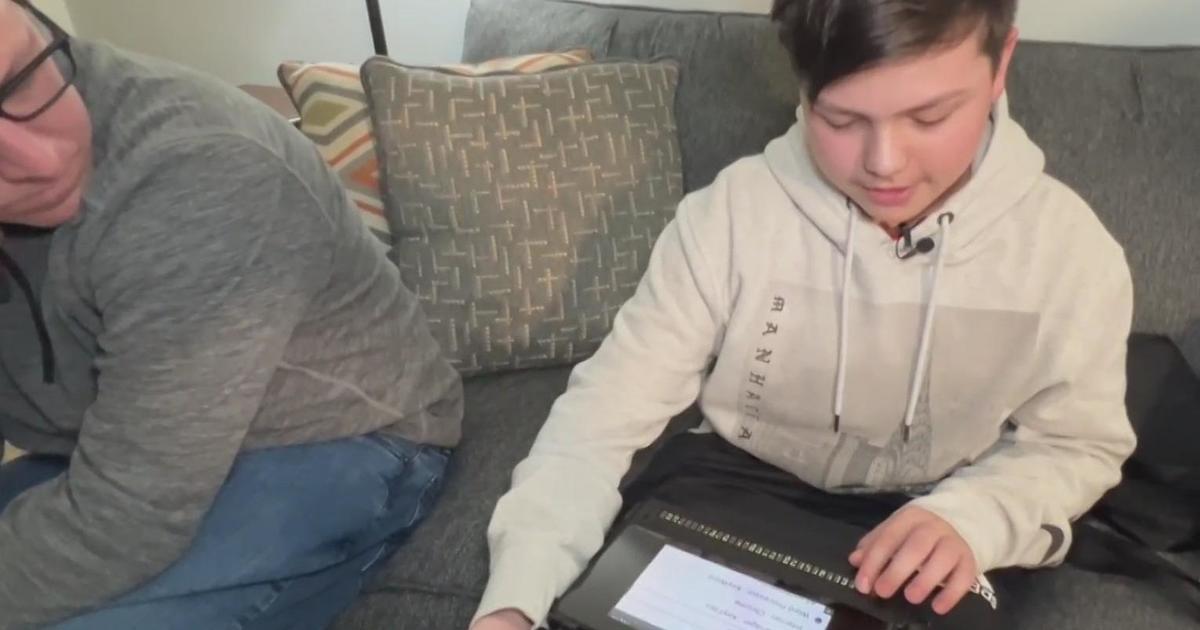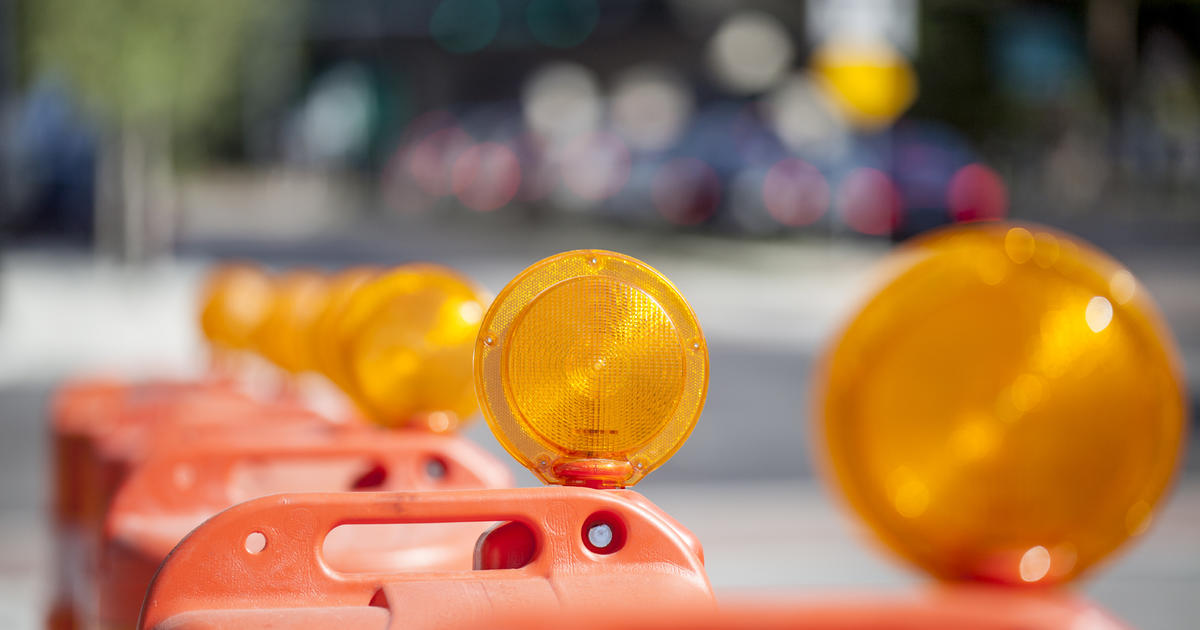Lawrence Tech Alumni Play Role In Mars Curiosity Rover
SOUTHFIELD -- When Curiosity, the latest NASA Mars rover, takes core samples during its historic mission this fall, its robotic arm will rely on two sensors developed by two graduates of Lawrence Technological University.
The sensors were manufactured by Futek Advanced Sensor Technology Inc. of Irvine, Calif., which was founded by brothers Javad Mokhbery, who earned a Lawrence Tech degree in mechanical engineering in 1979, and Mohammed Mokhberi, who earned a degree in industrial management in 1978. (The brothers spell their last name differently.)
Futek makes sensors for the aerospace, medical, robotic-automation, and automotive industries. It has more than 100 employees, including 11 engineers, and its revenues will approach $20 million this year.
The company develops load cells, torque sensors, pressure sensors, multi-axial sensors, and related software for low-temperature and vacuum environments. Raytheon, MIT, Lockheed Martin and NASA's Jet Propulsion Laboratory have partnered with Futek.
For the NASA-JPL Mars rover Curiosity, Futek designed two unique sensors to operate in the low temperatures on Mars, which range from 23°F to as low as -124°F:
* A cryogenic (low temperature) multi-axial load and torsion sensor is responsible for monitoring the Rover's drilling arm and its robotic maneuvers as it retrieves sediments for analysis. * A secondary Futek cryogenic load cell supervises the precision and force used to drill directly into the surface of Mars.
While growing up in Iran, Futek CEO Javad Mokhbery was inspired by NASA's 1969 Apollo moon mission. He and his brother decided to pursue their education in the United States and both worked to support themselves while attending Lawrence Tech. Their professional paths diverged, but eventually they ended up together in California where they began working full-time on their own company in 1989.
Shortly after the Challenger disaster in 1986, Mokhbery became involved in the space shuttle Discovery mission when he helped design a sensor to be immersed in the sub-zero temperatures of liquid oxygen in an external tank. Then he worked on a sensor to be immersed in liquid nitrogen. The expertise he developed in cryogenic sensors led to the founding of Futek.
At Futek, testing and evaluation are critical when designing sensors for space exploration. "There are many factors involved in designing sensors for Mars, but the most important is that failure is not an option," Mokhbery said.
One of the Futek sensors on the Mars rover has more than 120 miniature soldered joints that all have to be tested, and 1,700 photos were taken to document every connection. Futek employees are certified by NASA.
"NASA is comfortable with our corporate culture. At Futek we don't have quality control. Instead QC stands for Quality Culture," Mokhbery said. "Everyone involved takes responsibility for inspection and verification, and validation is important for every step we take."
This year Futek has added 20 positions, a second shift and a new Torque Division. Close to $2 million has been invested in new construction, equipment, and software -- all without the help of government grants.
The brothers insist on using parts made in the United States.
"Having a business where everything is made in the U.S. is kind of rare, but it's very important to us," Mokhbery said. "It reminds me of the TV program, 'Mission Impossible.' It's very difficult to get all the parts in the U.S., but it's possible."
Futek has already designed sensors for the next generation of the Martian rover's robotic arm. In addition, the company is working with NASA on four other projects:
* Parachute sensors. Futek designed custom dual-axis clevis-pin load cells and load-washer load cells for the re-entry and in-mission abort simulations of the parachute system for the Orion Multi-Purpose Crew Vehicle intended to be the NASA Space Shuttle replacement in 2020. The precision of these safety-testing load cells was critical, as was their endurance.
* Docking station load cells. Under the direction of NASA, Futek will assist with the implementation of an International Docking System Standard abroad the International Space Station. The program known as the International Low Impact Docking System will require several quad-bridge tension and compression miniature load cells to detect, guide, and dock incoming space vehicles.
* Testing in low temperatures. The Visible Infrared Imager Radiometer Suite is one of five instruments NASA will use on the National Polar-Orbiting Operational Environment Satellite System preparatory project. VIIRS will be responsible for new advances in weather and environmental monitoring. FUTEK developed two cryogenic load cells that monitor and secure loads on the cryo-radiator. One load cell will be applied to measure loads solely in the intermediate stages, while the second monitors loads in the sub-zero temperature stages.
* Testing in microgravity. Alongside NASA and MIT, Futek participated in the joint venture to help create the Shear History Extensional Rheology Experiment (SHERE). This program was designed to examine the stress and strain of polymer fluid in microgravity. FUTEK developed a 10-kilodyne load cell to measure these fluid viscosity forces affecting the International Space Station.
More at www.ltu.edu.



